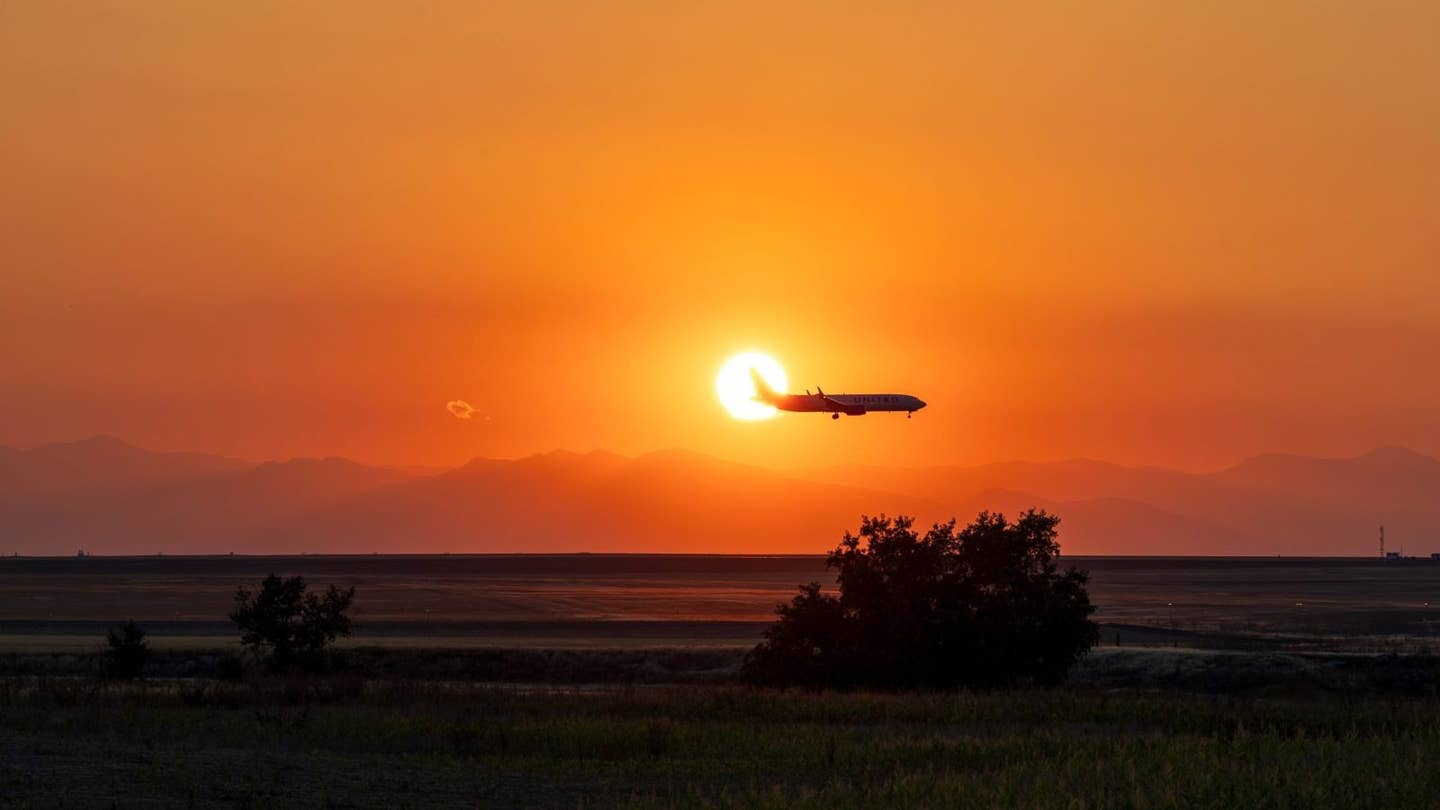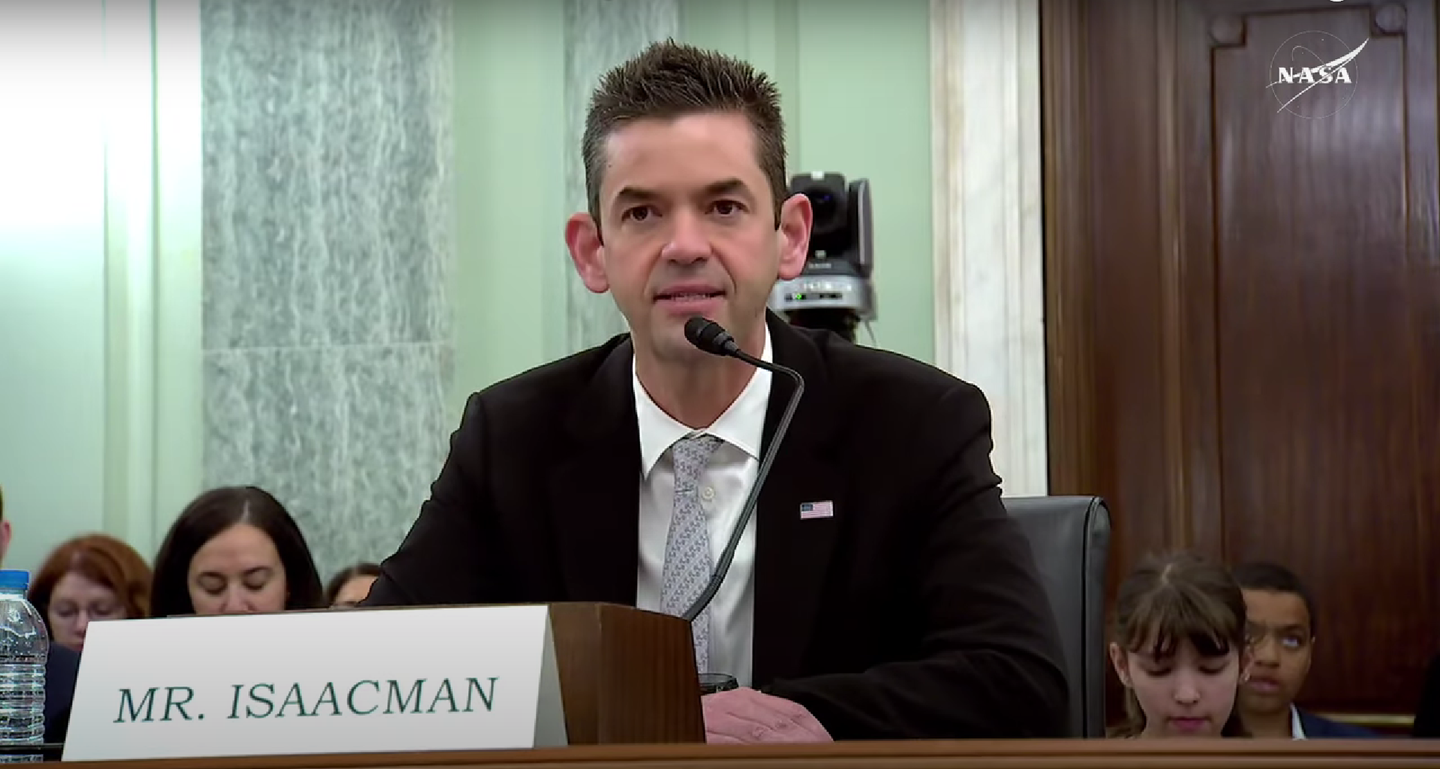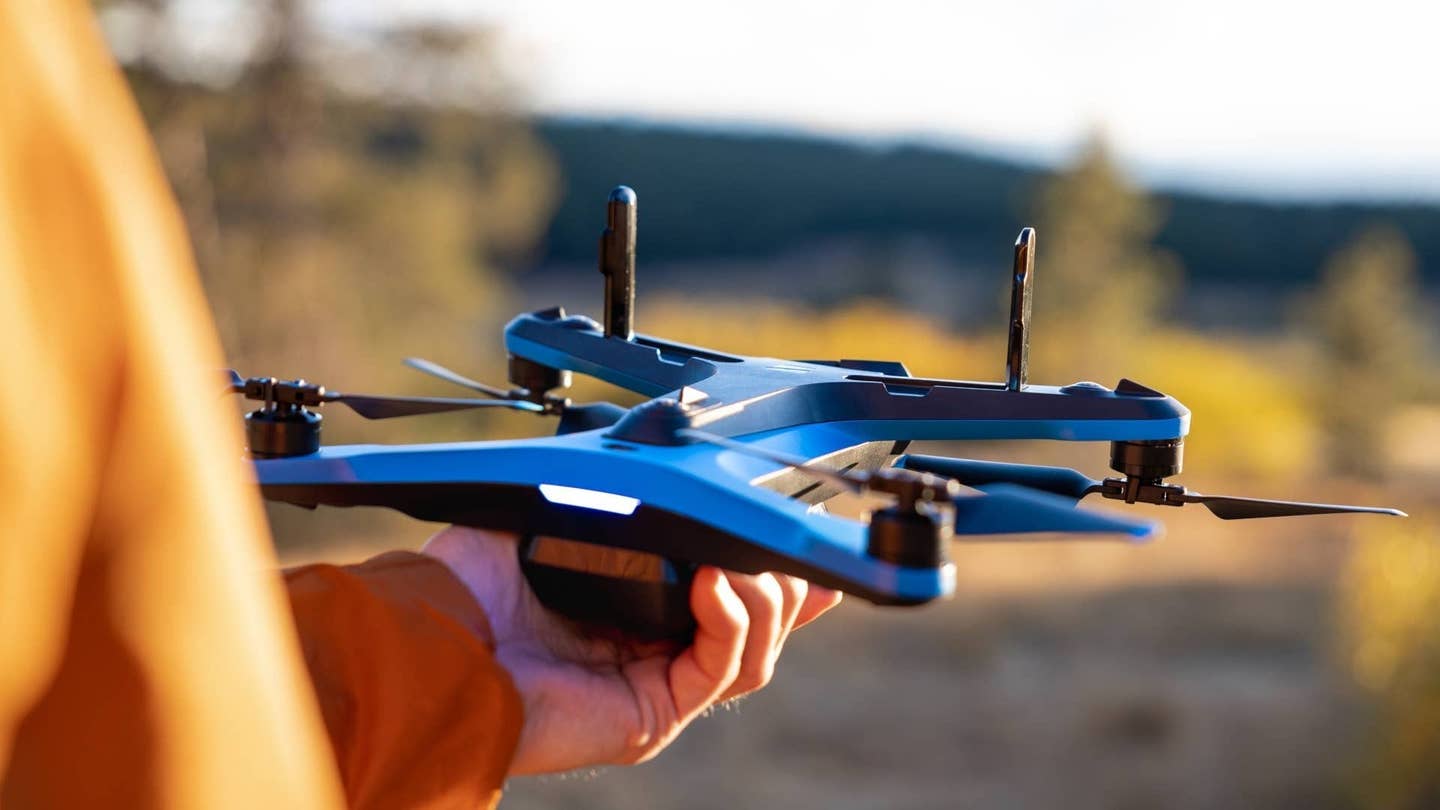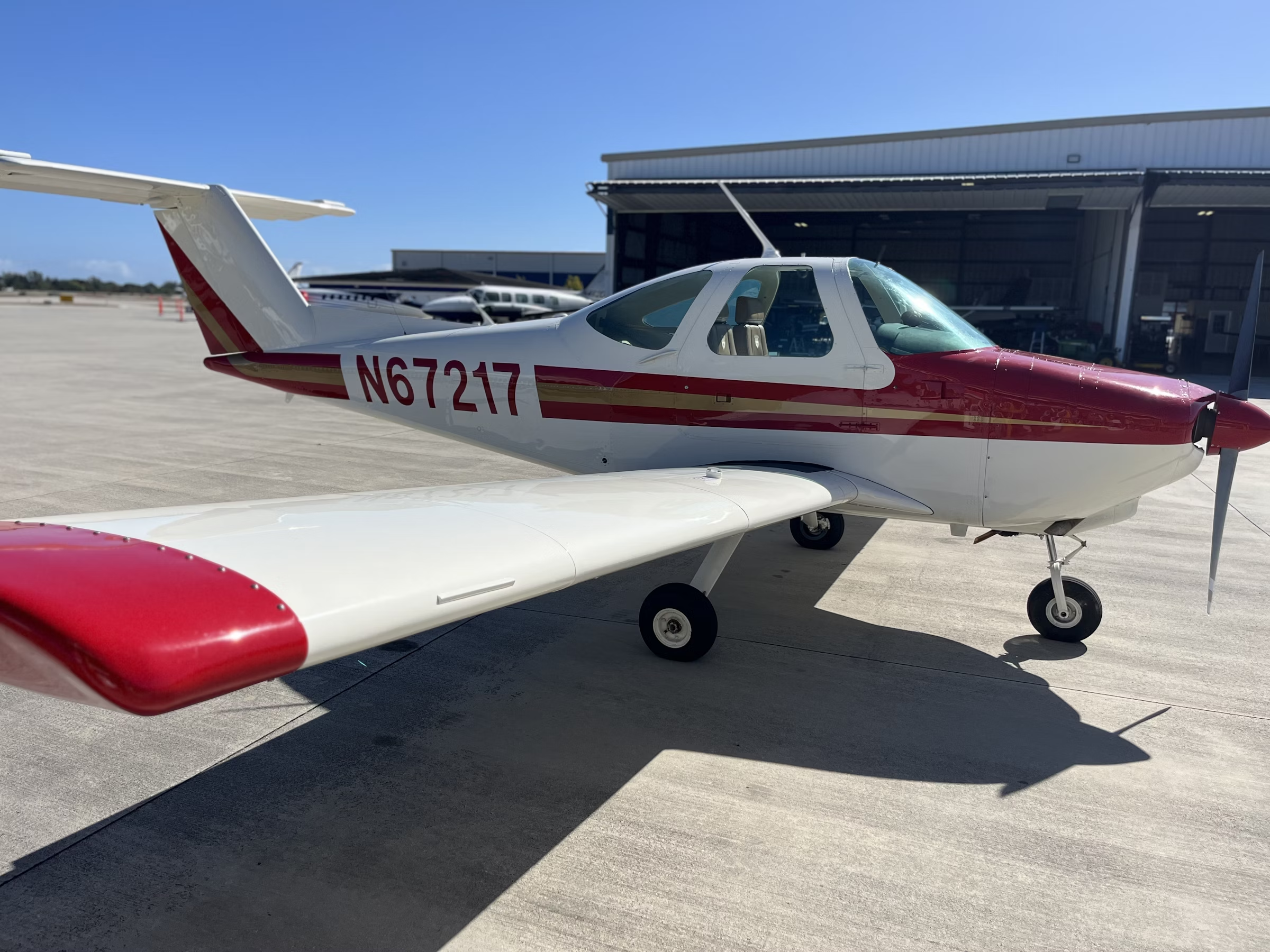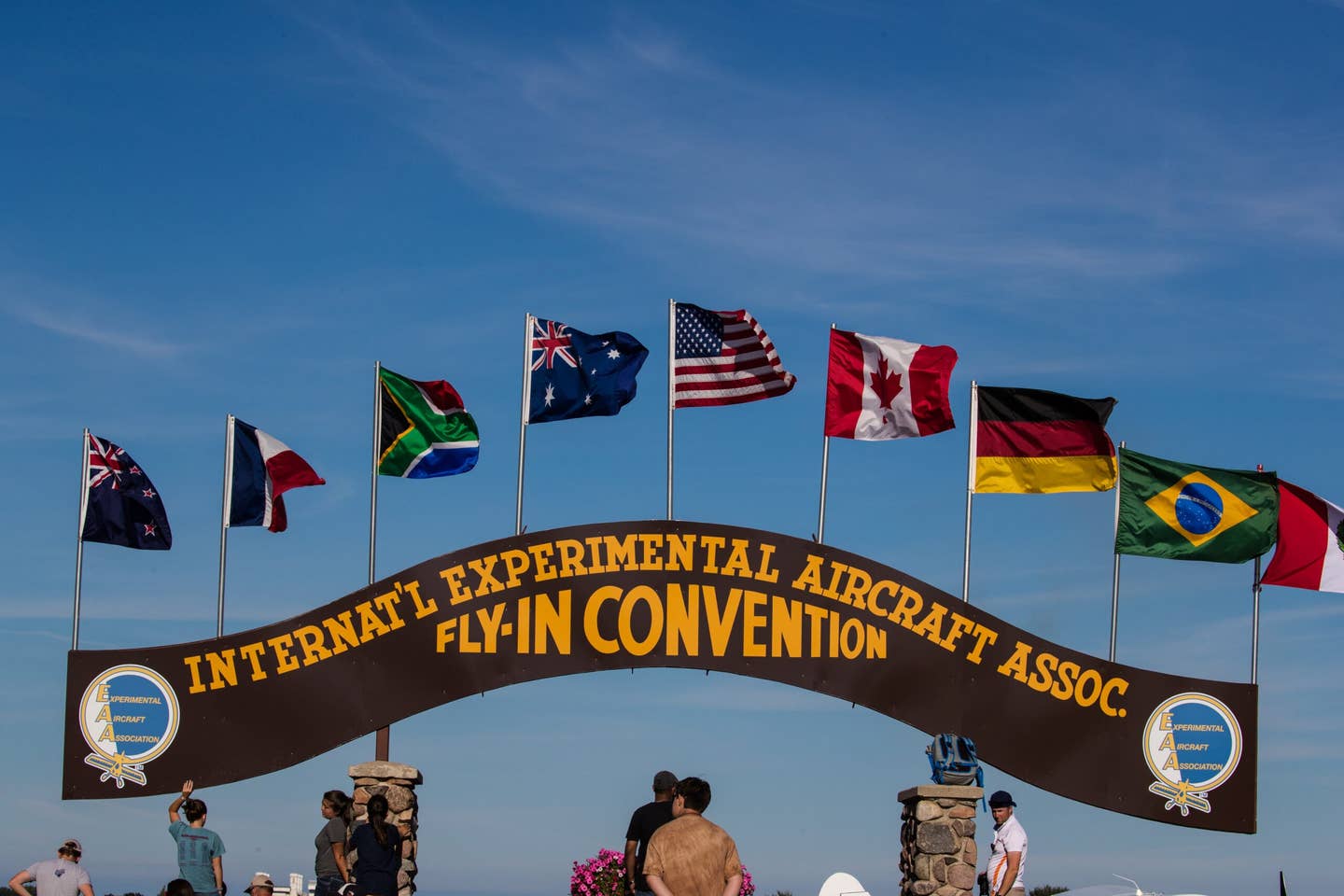Merlin’s Self-Flying Cessna Begins Testing for FAA Validation
The developer of autonomous flight software for Part 23 aircraft says its test campaign will culminate in a supplemental type certificate.
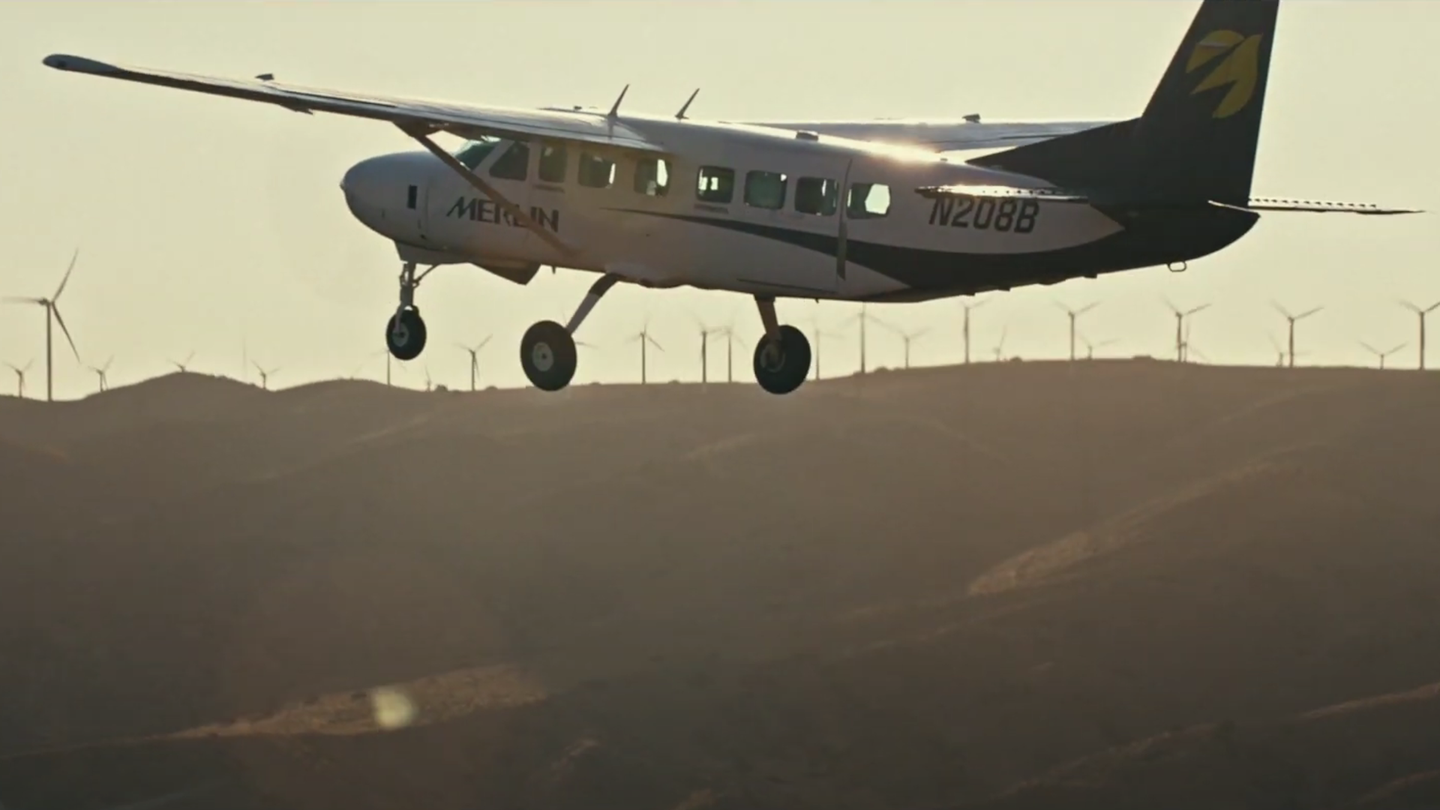
Merlin’s modified Cessna Grand Caravan 208B takes flight over the Mojave Desert in California. [Courtesy: Merlin Labs]
Self-flying aircraft may be closer to takeoff than you think.
On Thursday, Boston-based Merlin Labs announced it began what it claims is the first test campaign of a certification-ready, takeoff-to-touchdown autonomous flight system. The company’s Merlin Pilot is designed to one day allow small aircraft to fly with no humans on board.
But first, it will need to obtain a supplemental type certificate (STC) from the FAA, awarded by the regulator when a company intends to modify an aircraft from its initial, type-certified design. The STC authorizes the modification and how it will affect the original product.
According to Merlin, the test campaign, which is using a Merlin Pilot-equipped Cessna Grand Caravan 208B, will culminate in an STC that can be extended across other FAA Part 23 aircraft types and classes. That includes the modified Lockheed C-130J Hercules and Boeing KC-135 Stratotanker the company is developing for the U.S. Department of Defense.
“This flight test campaign proves the system that we have been developing and testing in simulation and hardware labs on the ground over the past few years,” Matt George, CEO of Merlin, told FLYING. “This is a first for the industry and serves as the flight test platform for the final development and verification of the certified system for the regulatory authority.”
Just Like a Human
In Merlin’s words, Pilot “takes the skills of a human pilot and translates them into software.” The platform-agnostic hardware and software solution will make decisions like a human, the company says, allowing it to fly smoothly even when a mission suffers from turbulence. At first, the system will serve as an AI copilot for reduced-crew operations, with a safety pilot remaining onboard. Eventually, though, the company plans to remove the safety pilot on small aircraft.
Merlin Pilot uses an array of sensors and cameras to understand exactly where an aircraft is and where it’s going. Data is fed into the system after being processed by flight control computers, which send commands to actuators connected to the aircraft. The system’s AutoNav capability can generate alternative routes for a pilot to approve and will assist with emergency descents or precautionary landings.
Unlike competitors such as Joby Aviation’s Xwing and Reliable Robotics, whose systems communicate with air traffic control via a remote supervisor, Merlin digitizes everything. The system is “standalone,” according to George, using natural language processing algorithms to understand commands from a range of accents and voice types and “speak” to ATC. The safety pilot can step in if anything gets lost in translation.
According to Merlin, the system has spent over 800 hours in the air across more than 500 “systems-on” flights, powering five different aircraft types. In addition to the Cessna Caravan, C-130J, and KC-135, it has been integrated on the Beechcraft King Air, de Havilland Twin Otter, Long-EZ, and Cozy Mark IV.
But these certification-ready test flights are a different animal. George referred to the campaign as a “final draft,” explaining that Merlin Pilot is no longer in prototype form. It now includes updated design data, drawings and substantiation reports, custom racks and structures, and compliant wiring, for example.
Meanwhile, the company’s Cessna Caravan—which it affectionately calls “Big Red”—has been converted with a glass cockpit, advanced avionics, new sensors, autopilot, and automated communications system.
“We stripped everything out of this Cessna Caravan and replaced the instrument panel and legacy systems with state-of-the-art modern avionics, the latest display systems, and custom hardware and software for the Merlin Pilot,” said Sherif Ali, chief engineer for Merlin. “This includes an air data computer, inertial navigation system, heading system, radar altimeter, all of which were integrated at an incredibly high level of quality in order to meet certification standards.”
The modified Cessna underwent integration check flights in June followed by functional check flights. Now, Merlin says it is conducting open, inner, and closed looping test flights in California’s Mojave Desert, phasing out human involvement a little bit at a time.
“The first step is system integration and activation of our automatic flight control system,” George told FLYING. “We then will integrate flight guidance, ATC communications, auto throttle, approaches for landing, full landing, and full takeoff. We test each phase to ensure full integration, which will meet the regulatory requirements.”
George said the campaign will culminate in the third quarter with FAA validation. Merlin is certifying the software concurrently with New Zealand’s Civil Aviation Authority (CAA), which in February awarded the firm the first Part 135 certification basis for an autonomous flight system.
Mission-Critical
The U.S. military, though, is getting the first crack at Merlin Pilot. The Air Force enlisted Merlin in 2022 to test single-pilot C-130J crews and is looking at automating other aircraft such as the Boeing KC-46 Pegasus and Sikorsky UH-60A Blackhawk.
In July, Merlin completed autonomous KC-135 flights at Pittsburgh Air National Guard Base under a contract awarded in February. Further data collection flights were conducted with Air Force pilots in the Stratotanker at MacDill Air Force Base in May.
In June, the company earned a $105 million contract from the U.S. Special Operations Command to build production-ready, reduced-crew capabilities for the C-130J. The contract further provides for the technology to be introduced within the broader special operations forces (SOF) fixed-wing fleet.
“The same foundational system is being used for both our civil and military programs, and the [U.S. Air Force] is an important stakeholder in our civil process,” said George.
The FAA too is interested in what Merlin Pilot can do. In 2023, Merlin completed automated cargo network trials in Alaska backed by agency approval and a $1 million contract.
According to George, the firm “is the most funded company working in this space,” with investments from Google Ventures, Baillie Gifford, Snowpoint Ventures, and First Round Capital. Its 2022 series B funding round raised $105 million. Combined with revenue from defense contracts, the company in George’s view has plenty of cash on hand to fund its certification activities.
Like this story? We think you'll also like the Future of FLYING newsletter sent every Thursday afternoon. Sign up now.

Sign-up for newsletters & special offers!
Get the latest FLYING stories & special offers delivered directly to your inbox

